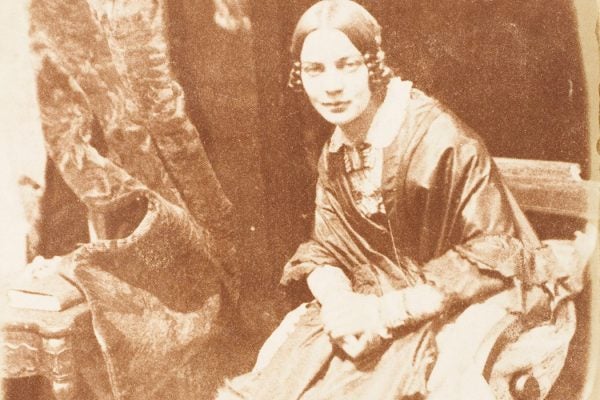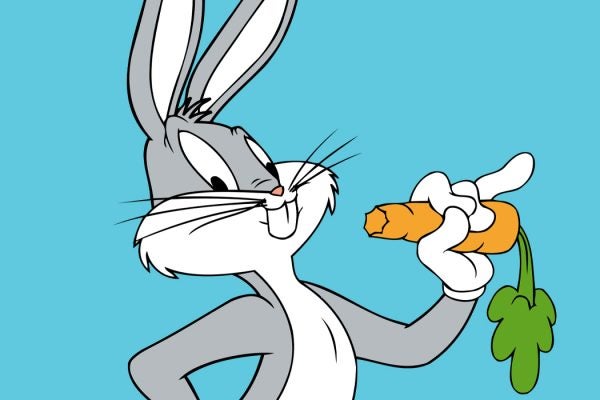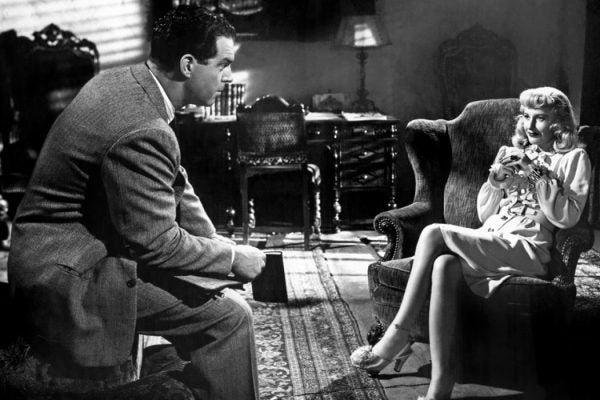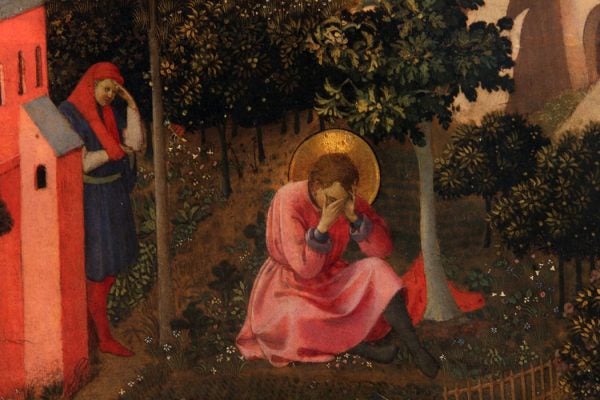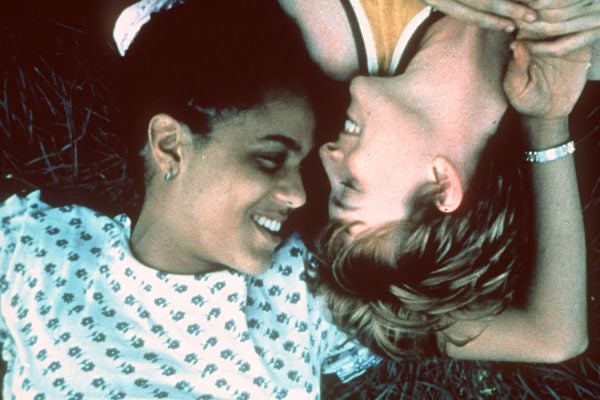Why Do We Love Thinking About Schrödinger’s Cat?
In physics, the whole point of the thought experiment is that it’s absurd. But in literature, it’s been used to explore all sorts of ideas and possibilities.
The Contrary Journalist: Lady Elizabeth Rigby Eastlake
One of the sharpest female journalists of Britain’s Victorian era, Eastlake considered Jane Eyre an exercise in rudeness and vulgarity.
Bugs Bunny Scholarship Is a Wascally Wesearch Wabbit Hole
In this edition of Research Rabbit Hole, we dig up scholarship about what one academic calls "the signifying rabbit."
History’s Most Notorious True Crime Story
How New York City's tabloids sensationalized the murder case that inspired the classic film noir Double Indemnity.
The New Sameness of Leslie Jamison’s Addiction Memoir
Leslie Jamison's The Recovering is self-aware about being the same old story, recalling the redemption narratives of Rousseau and St. Augustine.
Queer Time: The Alternative to “Adulting”
What constitutes adulthood has never been self-evident or value-neutral. Queer lives follow their own temporal logic.
Our Obsession with Orphans: A Short History from Jane Eyre to Annie
Little Orphan Annie is the latest in a sequence of pop culture foundlings, but America’s orphans of the Great Depression weren’t endearing at all.

